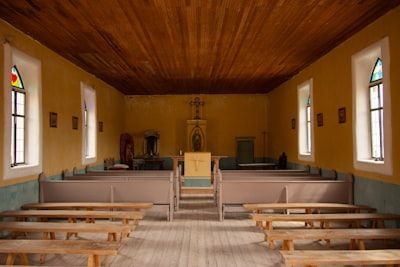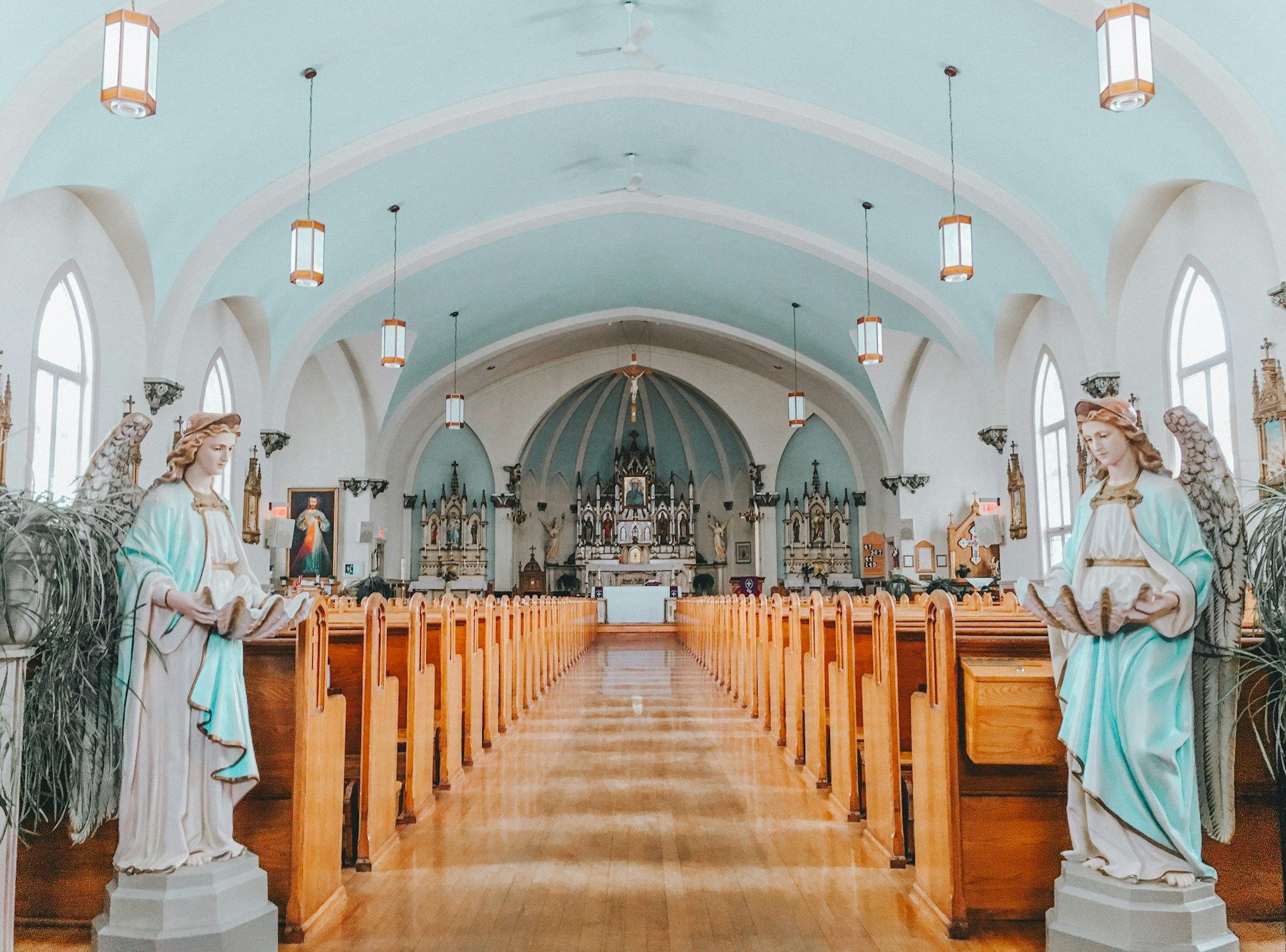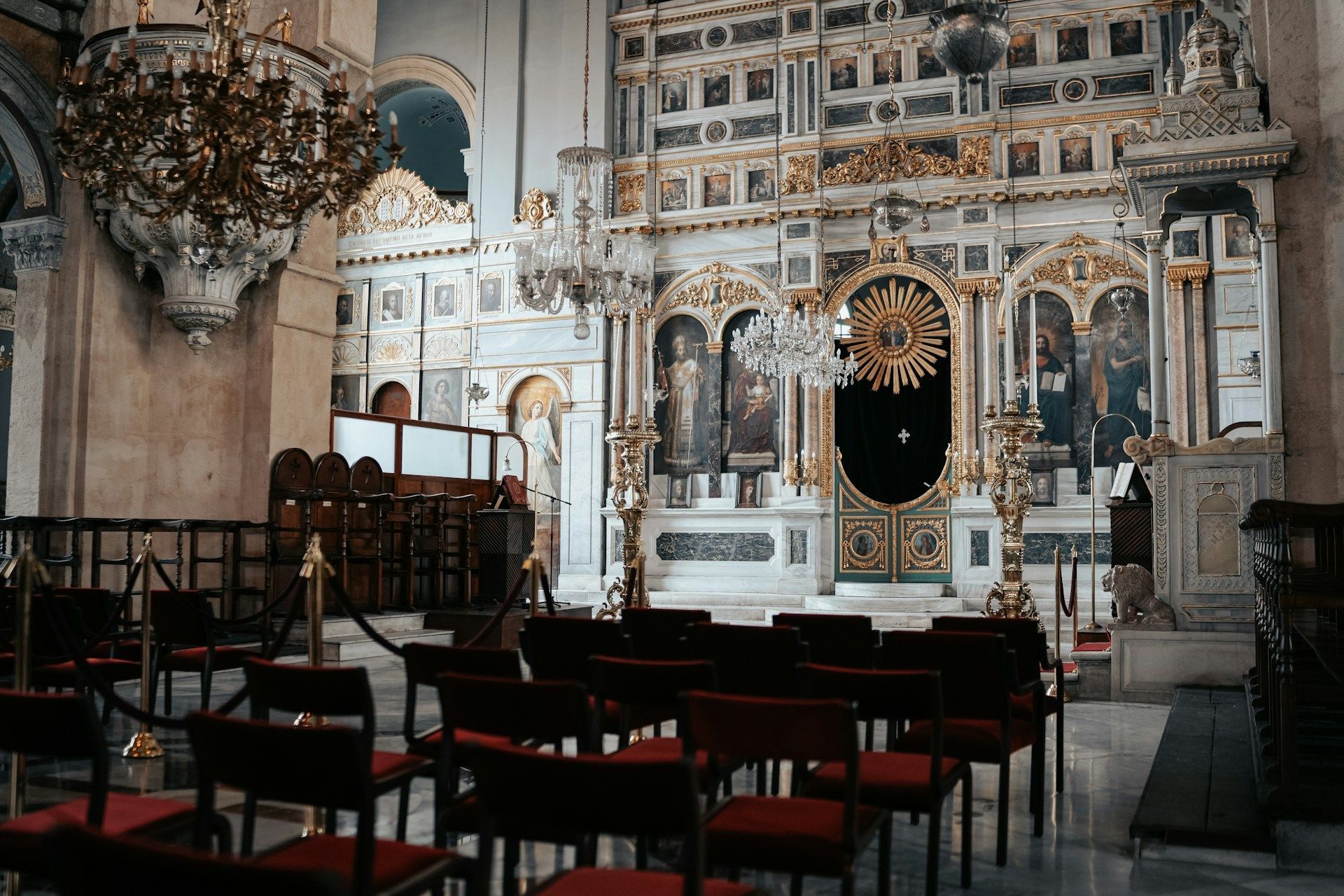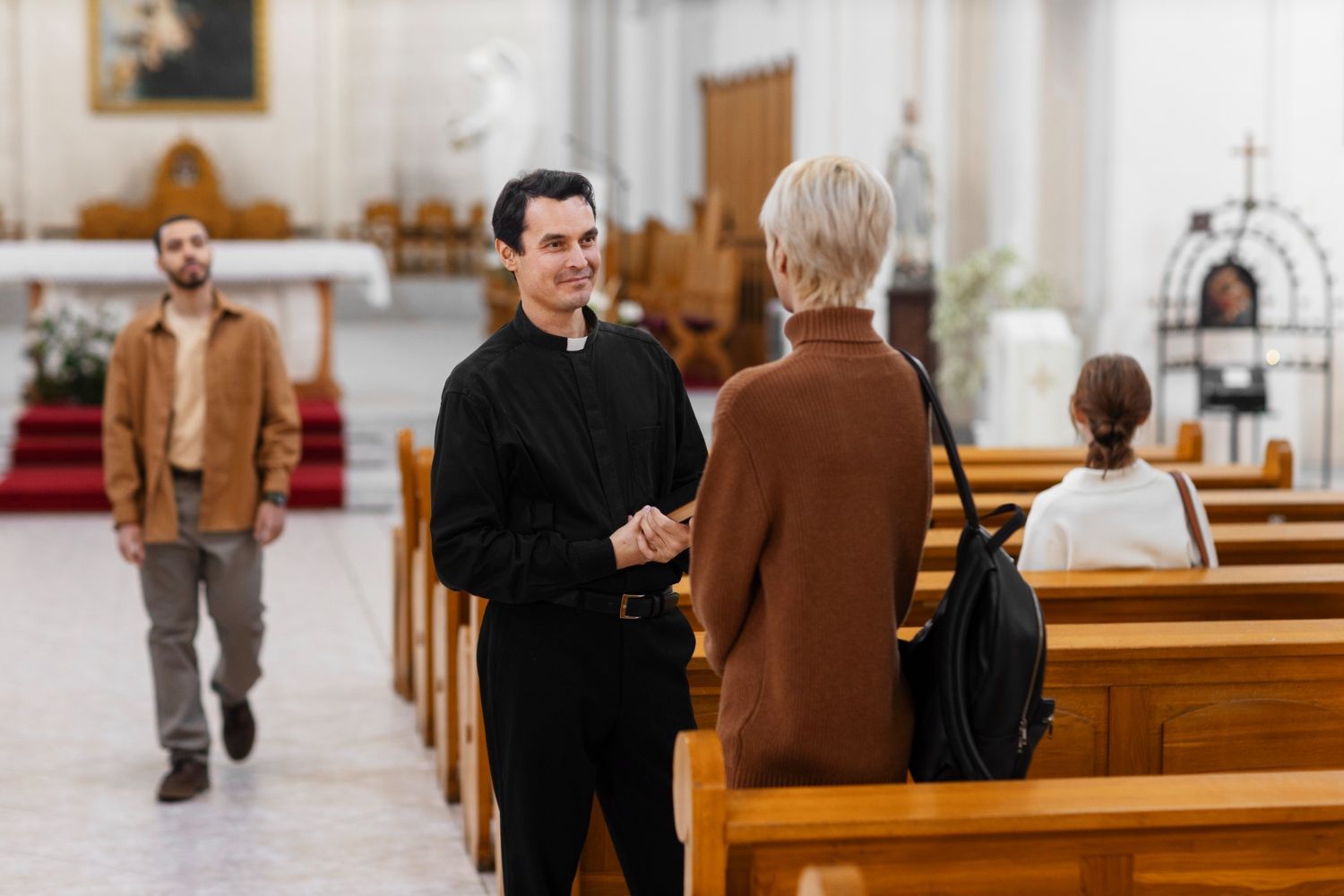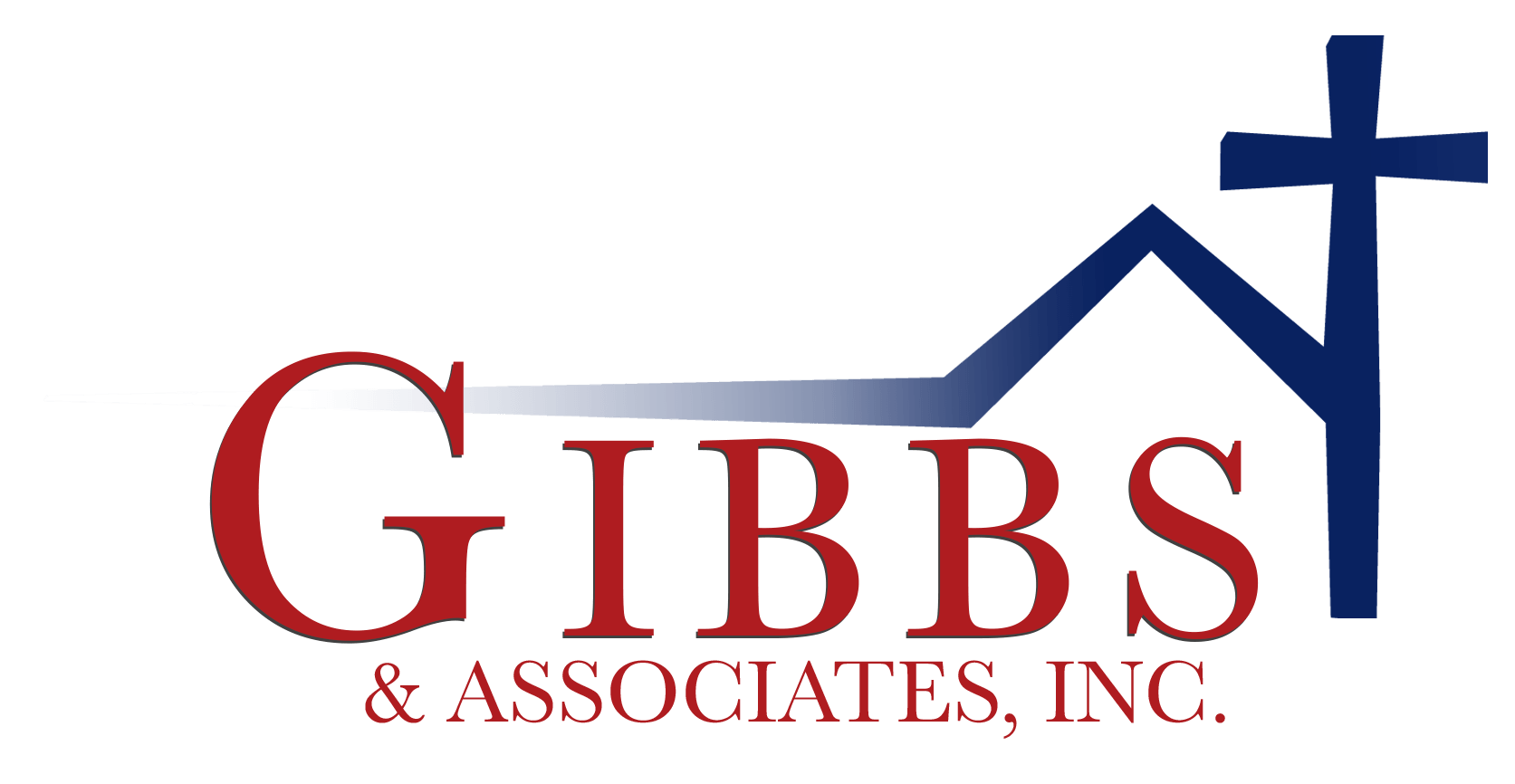Preserving Your Church's Legacy: Insurance Considerations for Older and Historic Buildings
Churches across the country come in all shapes and sizes, each with its unique history and architectural legacy. Older and historic churches, in particular, stand as testaments to the rich heritage of faith and tradition that have shaped communities over generations. For many congregations, the preservation and protection of their cherished older or historic buildings remain a key priority, striking a balance between honoring their past and looking forward to a vibrant future.
However, when it comes to insuring these older and historic buildings, church administrators may face a unique set of challenges and considerations. Given the architectural and structural complexities often found in older and historical churches, proper insurance coverage is essential to protect against potential risks, such as fire, storm damage, or structural failure. Administrators must work closely with their insurance provider to ensure that their policies are tailored to the specific needs of their cherished older buildings, providing adequate protection for these irreplaceable structures.
In addition to insurance considerations, church administrators must also embrace proactive risk management strategies and sound maintenance practices to preserve the integrity and historical value of these older and historic buildings. Understanding the unique vulnerabilities of these churches and taking steps to address and mitigate potential threats is crucial to ensure the continued spiritual and cultural vitality of these beloved spaces.
In the following sections, we will explore the unique insurance concerns faced by churches with older and historic buildings, discuss strategies to secure appropriate coverage, and provide guidance on risk management and maintenance practices for the proper preservation of these essential structures. By taking a proactive approach to insurance and maintenance for older and historic churches, administrators can uphold the cherished legacy of these buildings and ensure the continuity of their congregation's history for generations to come.
Addressing Unique Insurance Challenges for Older and Historic Churches
When insuring older and historic churches, administrators may encounter unique challenges that differ from those faced by religious organizations housed in more modern structures. Some key considerations for obtaining appropriate insurance coverage for these irreplaceable buildings include:
1. Replacement Cost vs. Actual Cash Value: While modern buildings can often be insured based on their actual cash value or replacement cost, older and historic structures may require specialized materials, labor, and craftsmanship to restore them to their original condition. As such, administrators should work with their insurance provider to determine the appropriate level of coverage based on the unique requirements of their older or historic building.
2. Specialized Insurance Providers: Many standard insurance carriers may be hesitant to cover older and historic churches due to the complexity of their architecture and the increased potential for claims. In such cases, administrators should consider partnering with specialized insurance providers that possess the expertise and understanding necessary to address the unique needs of older and historic buildings adequately.
3. Valuation of Architectural and Artistic Elements: Older and historic churches often contain valuable architectural and artistic elements that contribute significantly to their historical and cultural value. Ensuring that these elements are appropriately valued and included within the church's insurance policy is essential for proper coverage in the event of damage or loss.
4. Scope of Coverage: Given the unique challenges faced by older and historic churches, administrators must carefully consider the range of coverage needed to protect their buildings adequately. In addition to standard property and liability insurance, additional policies or endorsements may be necessary to cover risks unique to the church's age and history, such as environmental hazards or structural concerns.
Maintaining and Preserving Older and Historic Church Buildings
Proactive maintenance and preservation of older and historic churches are crucial to uphold their architectural integrity and historical legacy. Church administrators should consider the following best practices for maintaining and preserving these cherished structures:
1. Regular Inspections and Assessments: Schedule routine inspections and assessments of the older or historic church buildings to identify potential risks, maintenance needs, and preservation concerns. Engage knowledgeable experts, such as architects or preservation specialists, to assist in these evaluations and provide recommendations for necessary repairs or improvements.
2. Develop a Maintenance Plan: Based on the findings of the inspection and assessments, create a comprehensive maintenance plan detailing necessary repairs, upkeep, and preservation measures for the older or historic church. A sound maintenance plan should include both short- and long-term initiatives and be regularly updated as the church's needs evolve.
3. Invest in Quality Materials and Craftsmanship: When undertaking repairs or preservation projects for older and historic churches, invest in high-quality materials and skilled craftsmanship to honor the integrity of the original structure and ensure its lasting legacy.
4. Establish a Preservation Fund: Older and historic churches often require substantial financial resources for maintenance and preservation efforts. Establish a dedicated preservation fund to support these necessary projects and ensure that the church's history and architectural legacy are protected for future generations.
Educating Your Congregation and Community on the Importance of Preservation
One of the most effective ways to ensure the long-term preservation of older and historic churches is to engage your congregation and local community in understanding the importance of these unique spaces. By fostering appreciation and support for the church's history and architectural legacy, administrators can create a community committed to the proper care and protection of these cherished buildings:
1. Share the Church's History: Communicate the interesting and relevant aspects of the church's history with your congregation and the broader community. Regularly incorporate historical information on your website, social media, and print materials to foster a connection to the building's past.
2. Host Educational Programs and Events: Organize educational programs, workshops, or presentations on the architectural and historical significance of your church's older or historic building. Engage knowledgeable speakers, such as local historians or preservation experts, to offer their insights and expertise on the subject.
3. Partner with Preservation Organizations: Collaborate with regional or national preservation organizations to leverage their resources, expertise, and advocacy on behalf of your church's older or historic building. Such partnerships can enhance efforts to preserve and protect these invaluable structures.
Conclusion
The preservation and protection of older and historic churches are both a rewarding endeavor and a challenging responsibility for administrators. By securing the appropriate insurance coverage, adopting proactive maintenance and preservation practices, and fostering a deep appreciation for the church's history and architectural legacy within the congregation and the local community, administrators can ensure the continued vitality of these cherished spaces.
As stewards of these timeless structures, church leaders play a vital role in safeguarding the spiritual and cultural heritage embodied within their older and historic buildings. By embracing this responsibility, they can leave a lasting legacy for future generations to enjoy and cherish. Church Insurance Man is here to help you protect your church’s legacy by offering
church insurance coverage designed specifically for the unique needs of religious organizations. Contact us today to learn more about our comprehensive insurance solutions and how we can support your church in preserving and protecting its older and historic buildings.





